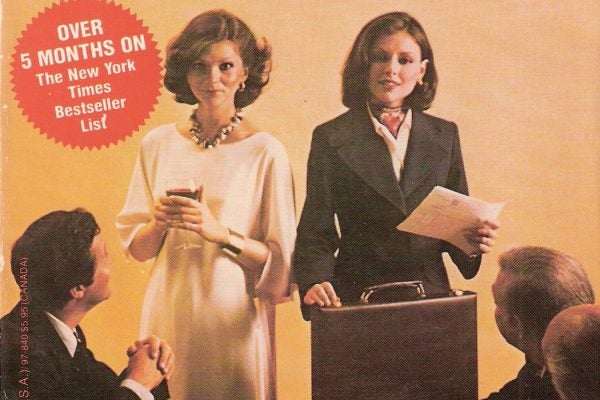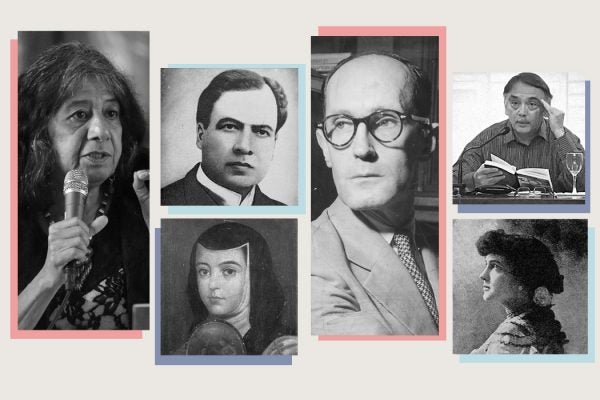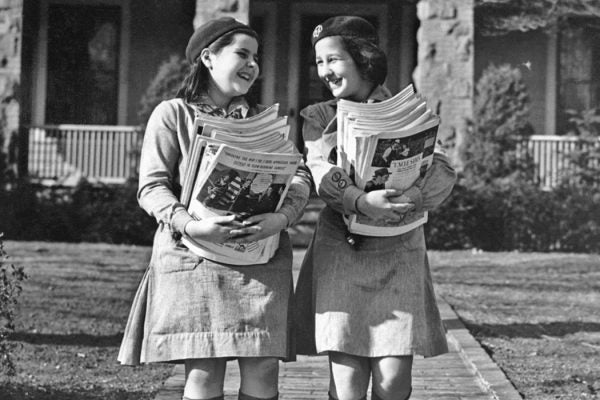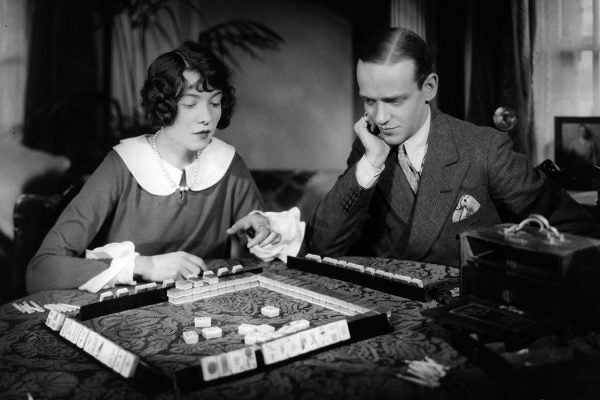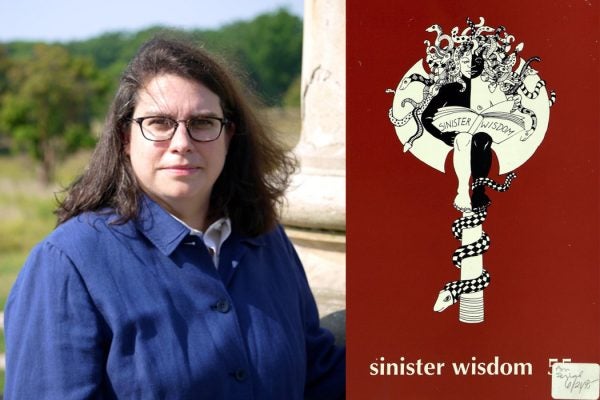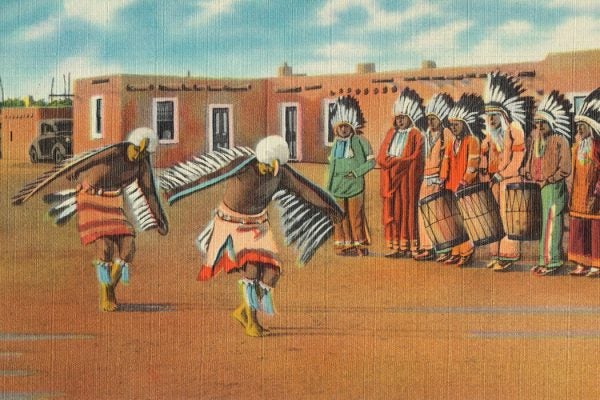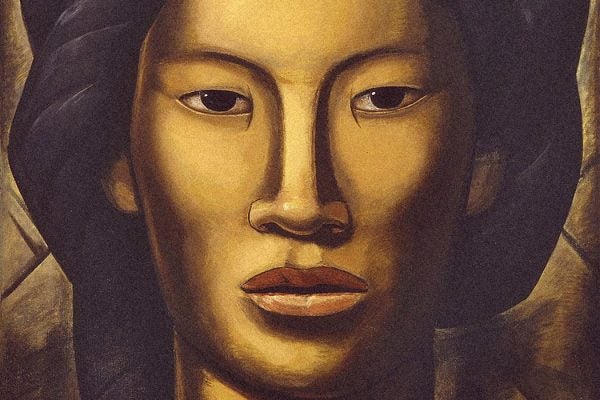The History of the Power Suit for Women
As women entered the white-collar world, experts told them to dress like men, without being too threatening.
10 Poems for National Hispanic Heritage Month
One of the most meaningful ways to celebrate the month between September 15 and October 15 may be to lend our attention to verse.
When the Girl Scouts Were Accused of Being Commies
In response to right-wing attacks during the Cold War, the Girl Scouts changed their tone. Somewhat.
Playing Girls’ Basketball in 1930s Chinatown
Chinese American girls played an innovative style of basketball on the playgrounds of San Francisco, and dominated the court.
How Kitchen Table Press Changed Publishing
Founded by and for women of color, the press issued such revolutionary works as This Bridge Called My Back.
White Women and the Mahjong Craze
Travelers brought the Chinese game to American shores in the early 1920s. Why was it such a hit?
Fake News: A Media Literacy Reading List
Compiled by graduate students in a 2016 course on “Activism and Digital Culture,” at University of Southern California.
Julie Enszer: “We Couldn’t Get Them Printed,” So We Learned to Print Them Ourselves
The editor of the lesbian feminist magazine Sinister Wisdom talked to us about lesbian print culture, feminist collectives, and revolution.
Why White Women Tried to Ban Native American Dances
In the early 1920s, reformers obsessed over the sexual nature of some Pueblo rituals, and attempted to control their performance.
Who Was La Malinche?
La Malinche was a key figure in the conquest of the Aztecs. But was she a heroine or a traitor? It depends on whom you ask.
